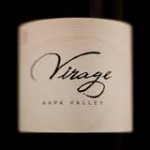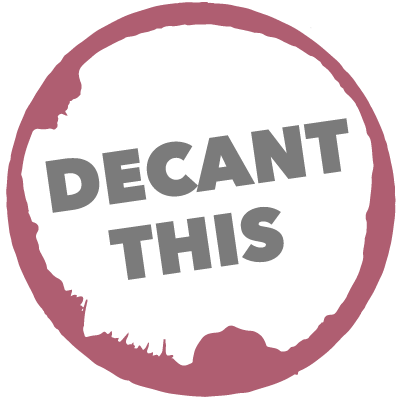More Franc talk from Virage’s Emily Richer
But wait, there’s more. As in more to say about cabernet franc.
I was remiss in not mentioning the wonderful cab franc-based blend from Virage, founded  by former Minnesotan Emily Richer. I was also remiss in note interviewing the passionate and eloquent (check out her blog) Richer for the article.
by former Minnesotan Emily Richer. I was also remiss in note interviewing the passionate and eloquent (check out her blog) Richer for the article.
Fortunately, she got in touch. I delivered a mea culpa (I’ve got a good bit of practice in that department; this business is forever humbling) and offered her a chance to share her thoughts on her favorite grape. Here’s her take on what makes it great:
“#1 – The aromatics. Even those who consider Cabernet Sauvignon’s ancient parent a ‘lesser blending grape’ know of very generous aromatics among its Bordeaux relatives.  From my perspective, if taste is 80% smell, Give me the Franc! 
“#2 – The supple structure. Ripened fully, Cabernet Franc has exquisite depth and complexity supported by a more supple tannin structure than its wildly furry-in-youth offspring Cabernet Sauvignon. I liken it to a more feminine structure that bends and curves. Never bites your cheeks. (I want to chew my food, not my wine!). In my case, with the cooler-climate sourcing, the structure is strongly supported by acidity, bringing a mouth-watering finish ideal for accompanying meals, and supporting long aging.
“#3 – The flavors. Especially with food, the more-than-just-berry flavor profile really works for my taste. If I’m eating mushroom risotto or a roasted chicken or even a prime ribeye, I’m overwhelmed by “concentrated cassis.” I love the slate, stone, mineral, tobacco, dried herb flavors mingling with a range of fruit tones “” in our case, from the soils, fruit flavors ranging as the wine opens from bright rhubarb and pomegranate to black cherry and black plum. 
“I think Franc has a bad rap simply by virtue of a good bit of unripe franc getting out into  the world. This primitive varietal (I like to call the “heirloom grape”) does seem to have a narrower comfort zone for optimal ripening. Hence the cross, I suspect, that created Cabernet Sauvignon from crossing with hardy Sauvignon Blanc. Any unripe fruit, or wine made therefrom, is just not going to be delicious. There was certainly a time when many not-phenolically-ripe cabernet sauvignons from Napa also tasted like bell pepper.
the world. This primitive varietal (I like to call the “heirloom grape”) does seem to have a narrower comfort zone for optimal ripening. Hence the cross, I suspect, that created Cabernet Sauvignon from crossing with hardy Sauvignon Blanc. Any unripe fruit, or wine made therefrom, is just not going to be delicious. There was certainly a time when many not-phenolically-ripe cabernet sauvignons from Napa also tasted like bell pepper.
“After my introduction to wine 14 years ago working for writer/educator Karen MacNeil, and many years consulting with other wineries (Quintessa being a favorite of them), I discovered all this somewhat by accident, and went on a quest to understand and produce this Franc/Merlot blend from cool-climate. … I’m pursuing the theory that later-ripening Franc is actually easier to fully ripen in cooler corners (mountaintops, or closer to marine influence where I am) where the long hang time allows even ripening of skins/seeds and brix. So the ‘solids’ and the ‘flesh’ are ripening together, rather than the sugars getting ahead of the phenolics that can happen in warmer, up-valley zones.
“I find many up-valley single-varietal Francs to taste delicious but have a molasses quality, or melted or dried fruit character that comes with the higher brix while waiting for phenolic ripeness. Don’t get me wrong: Take Crocker & Starr, delicious chocolate-covered cherry decadence, just delicious, but maybe I’d compare that chocolate to bittersweet cocoa in my case. Something for everyone :)”



